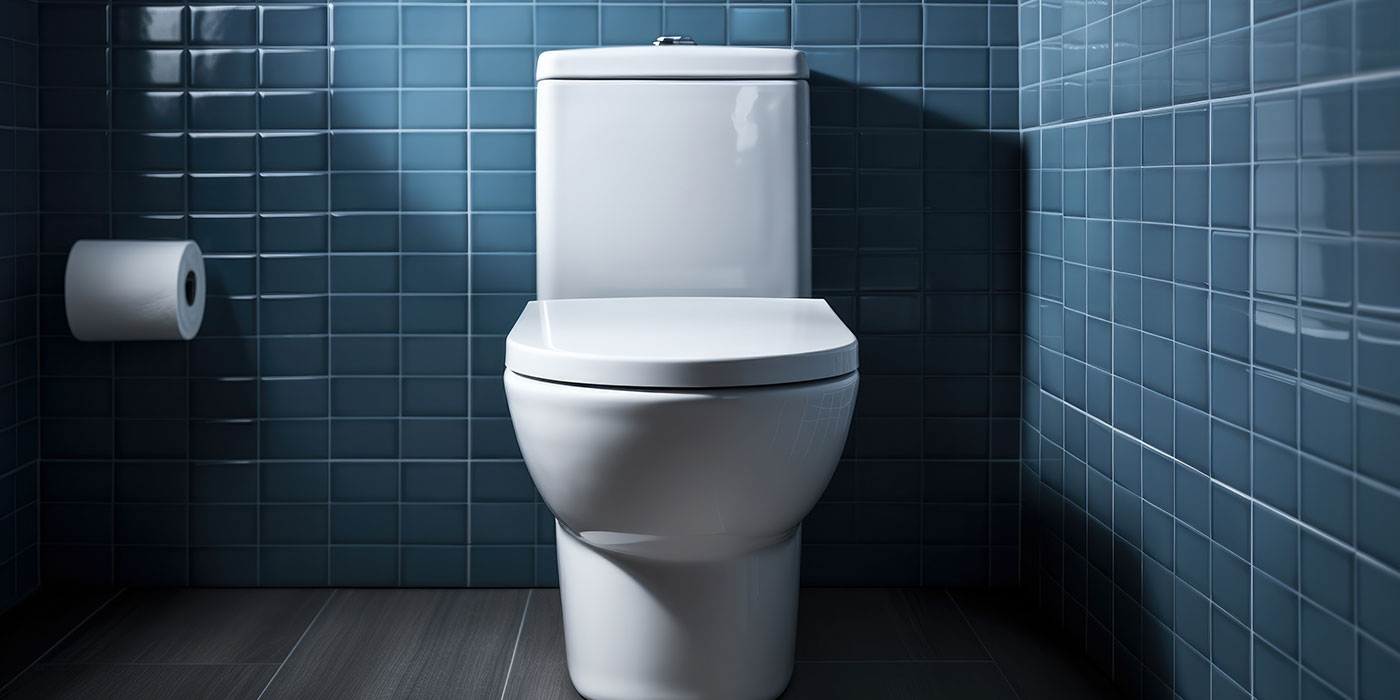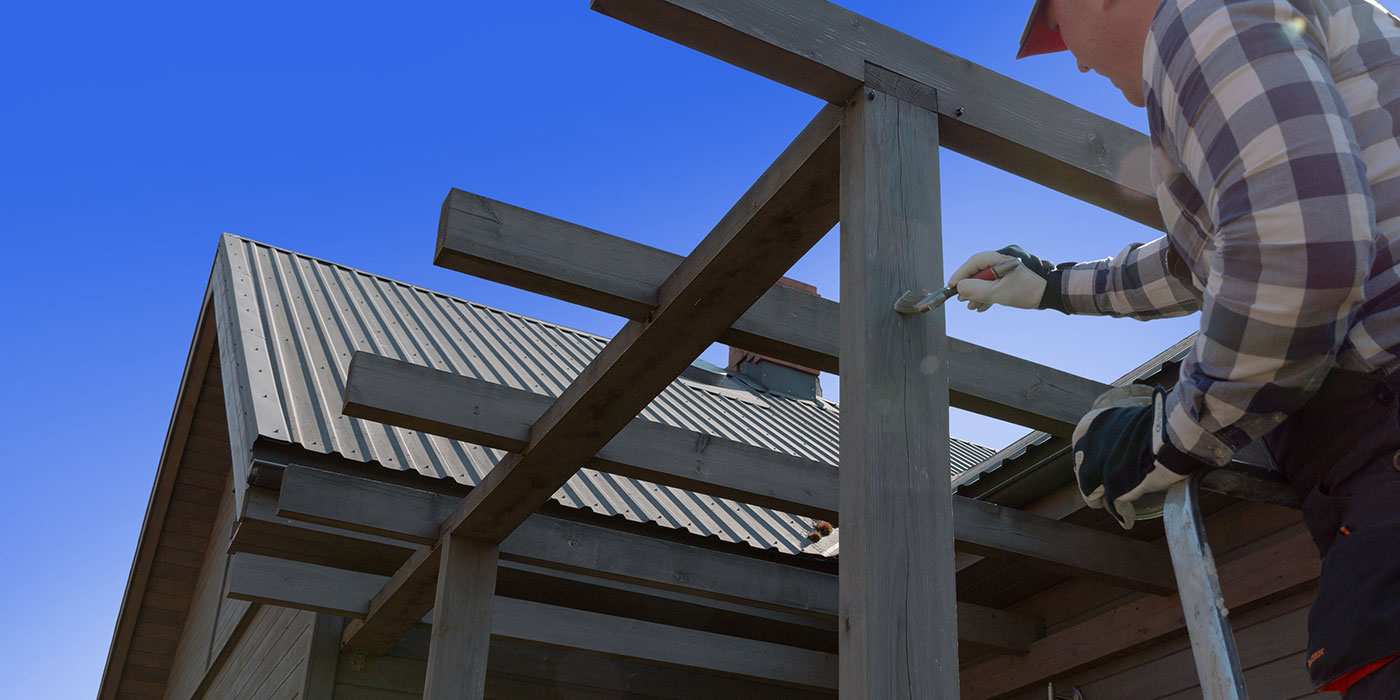Replacing a kitchen faucet is a small DIY project that has big impact. Start by looking underneath the sink to find out how many holes the existing faucet has in your sink or countertop. This determines the type of kitchen faucet to purchase. You can install a single handle faucet in a three or four hole sink by adding a deck plate but not vice-versa. The same rule applies if you are installing your new faucet into the countertop. Be sure to read the faucet manufacturer’s installation guide before you start.
Prep for installation
Clear everything out of the cabinet below the sink. Have a towel and shallow bucket on hand for any dripping water. Also, use a flashlight so you can see what you are doing.
Shut off water
Turn the water off at the supply valves under the sink. If you don’t have supply valves, shut off the water to the whole house. Before you go further, take a picture of the existing connections in case you need it for future reference. Next, open up the existing faucet to relieve pressure on the lines, then disconnect the supply lines. This is when the bucket and towel may come in handy.
Remove old faucet
This is the tricky part of the process. The old faucet will be bolted to the sink or countertop at the back of the cabinet. It’s a tight space and removing the connections is difficult. The best tool for the job is a basin wrench and if you don’t have one you may want to purchase one. It is designed to grip in hard-to-reach areas and will save you a lot of aggravation. Have someone hold the old faucet in place from above while you remove the nuts holding the faucet below. Once the old faucet is gone, clean up the area.
Install new faucet
Manufacturers will provide step-by-step installation instructions. Note that each manufacturer will have a slightly different set up. Basically, if you are using a deck plate, set it up first. If not, go to the next step and feed the new faucet’s supply lines through the hole(s). Attach the new faucet to the sink or countertop at the back with included washers and nuts. Next, if your new faucet has a pull-down faucet feature, attach the quick-connect hose to the supply pipe and attach the weight. When done, connect each water supply line to the corresponding water supply valve. Turn the water on and check for leaks. If you detect any drips, tighten the connections (but don’t over tighten). When lines are good to go, remove the aerator from the faucet and let the lines run for a couple minutes to remove any accumulated debris. Turn the faucet off and replace the aerator.
If you have questions about installing a kitchen faucet or what supplies are needed, visit your local TIMBER MART and talk to one of our plumbing experts!



